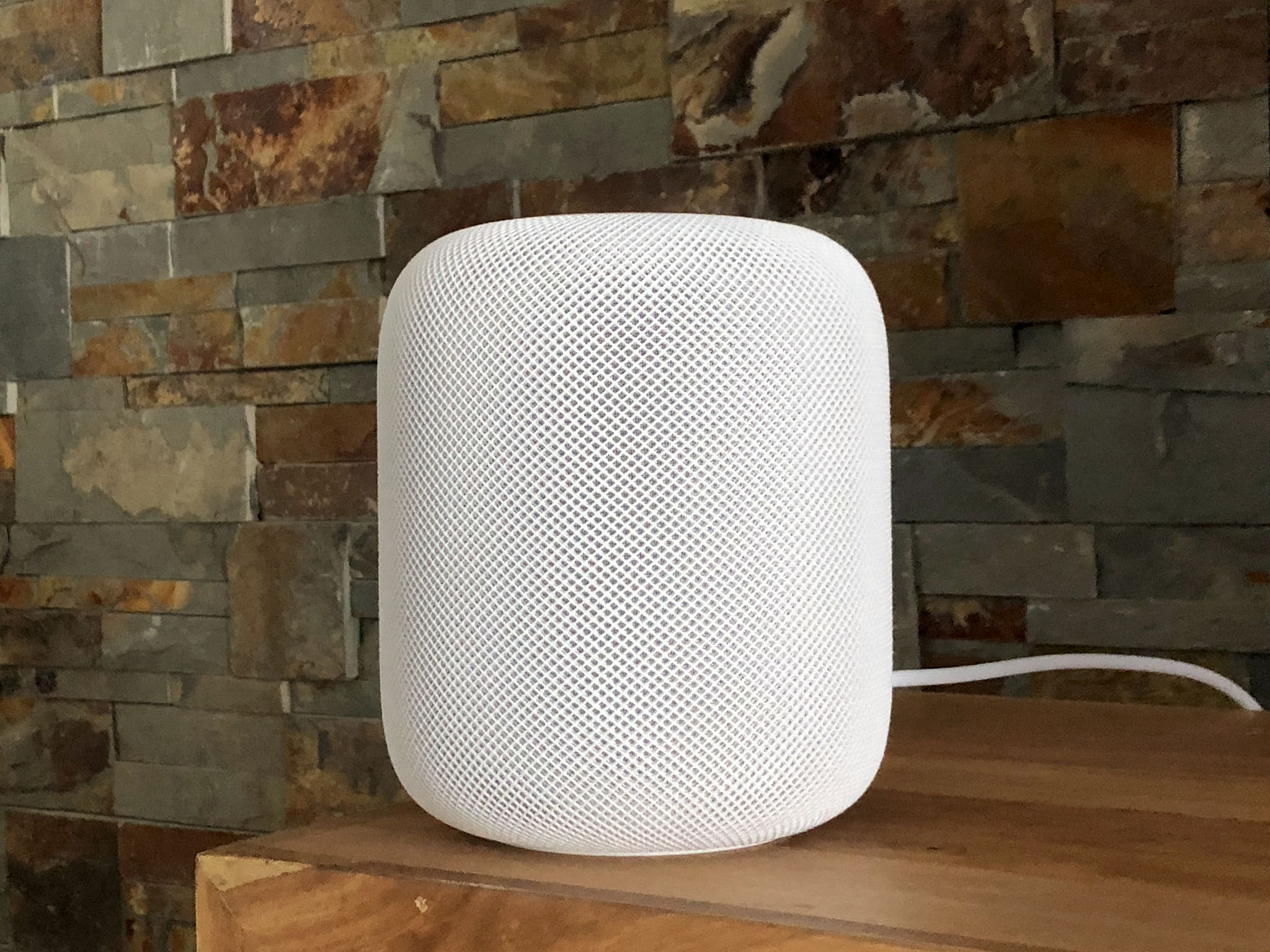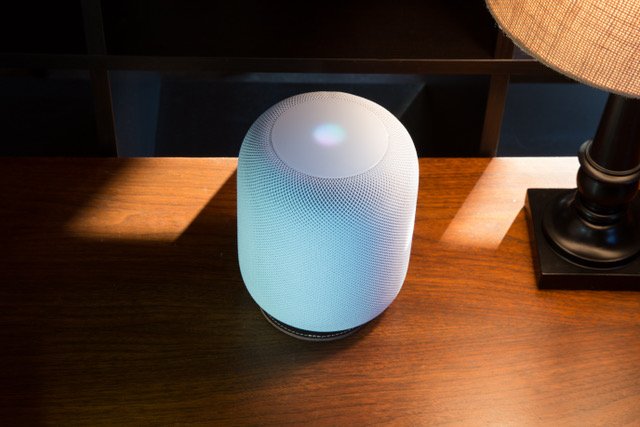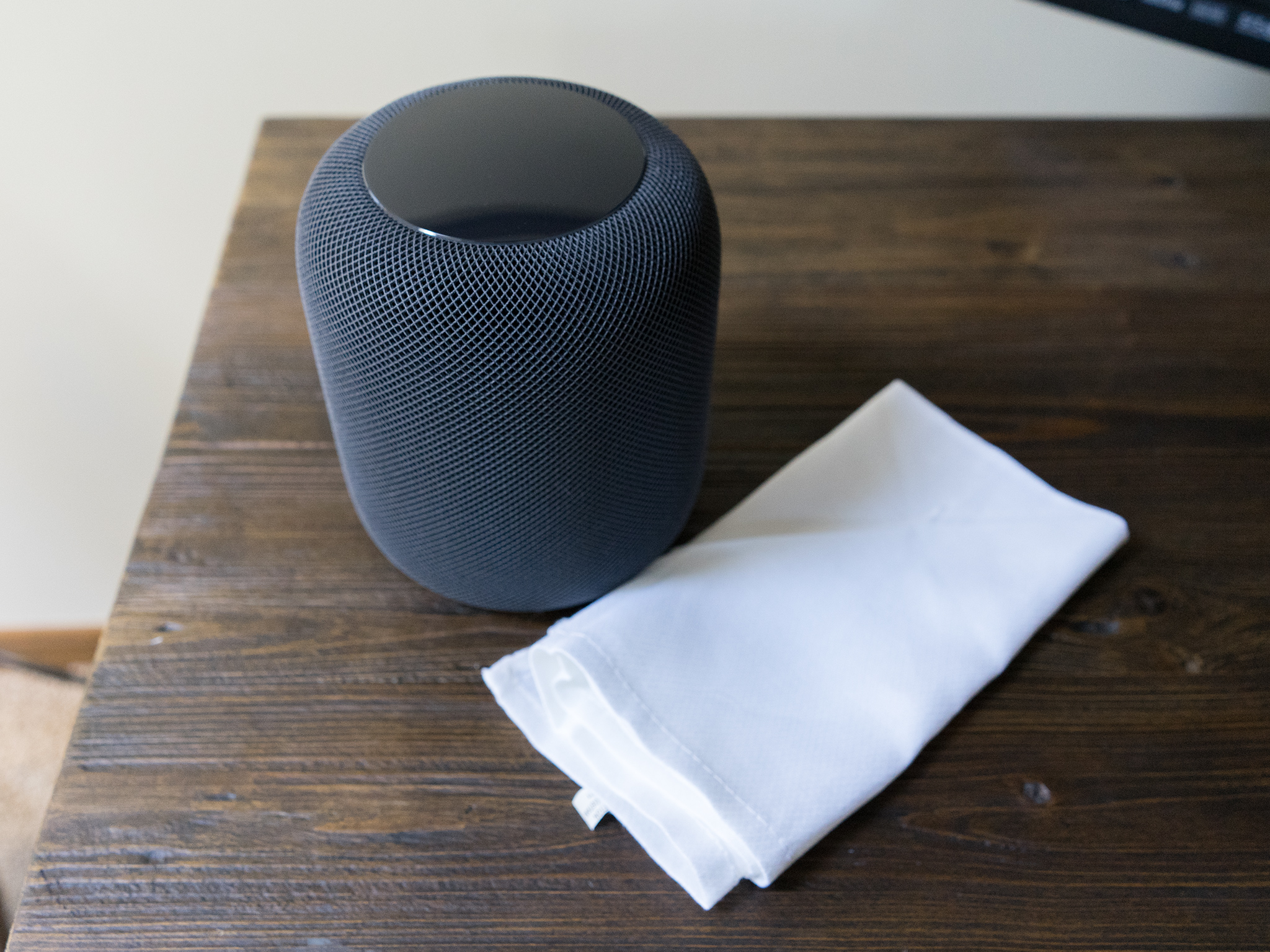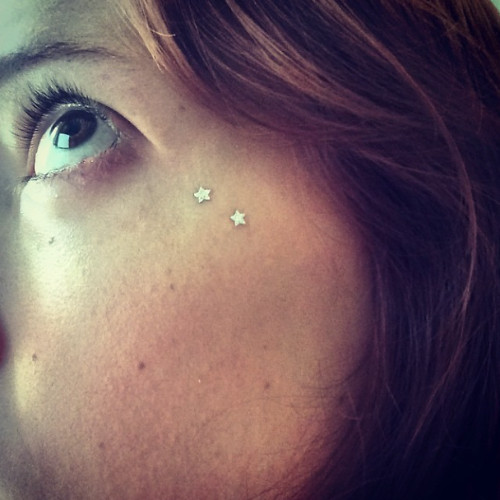How to stop HomePod and Sonos One from leaving white rings on wood furniture

As first discovered by Pocket-lint and corroborated by The Wirecutter, the silicone base on Apple's HomePod can be a potential mark-maker on certain pre-treated wood furniture.
Jon Chase from the Wirecutter:
An unhappy discovery after we placed a HomePod on an oiled butcher-block countertop and later on a wooden side table was that it left a defined white ring in the surface...Apple says "the marks can improve over several days after the speaker is removed from the wood surface," and if they don't fade on their own, you can basically just go refinish the furniture—the exact advice Apple gave in an email to Wirecutter was to "try cleaning the surface with the manufacturer's suggested oiling method."
Apple isn't the only smart speaker with this issue — any speaker with a silicone base has the potential to interact with furniture. Over at Tom's Guide, Mike Prospero discovered his Sonos One had left similar marks on his cabinet:
A closer inspection revealed that the Sonos One speaker, which also has small silicone feet, had made these marks on my cabinet. Looking around the top of the cabinet, I noticed a bunch of little white marks, all left from the Sonos Ones as I moved them around. So, they will damage your wood furniture, too. We're awaiting comment from Sonos.
Why is HomePod leaving white rings on wood furniture?
In a word? Chemistry.
Here's the thing: While we're perhaps less careful around our furniture than our parents or grandparents, the general rule is to avoid placing unusual objects (like vases, wax, or some silicone objects) on a treated wooden table.
It's almost as bad as putting a glass with water down without a coaster. You monsters know who you are.
Why? Because, simply, we don't know how the chemistry of certain complex objects (like silicone) will interact with the oil finish on a given table. Not all whole-wood table finishes are alike: Certain wood oil treatments include drying agents that have organic compounds present in them — compounds that could potentially interact with the silicone in Apple's base.
iMore offers spot-on advice and guidance from our team of experts, with decades of Apple device experience to lean on. Learn more with iMore!
From Apple's support article on the subject:
It is not unusual for any speaker with a vibration-dampening silicone base to leave mild marks when placed on some wooden surfaces. The marks can be caused by oils diffusing between the silicone base and the table surface, and will often go away after several days when the speaker is removed from the wooden surface.
This is also why we've only seen scattered reports of HomePod staining furniture — iMore editor-at-large Rene Ritchie has had his HomePod on several whole-wood surfaces on his house without issue, as have several Twitter sources we've surveyed.
Should Apple update HomePod's packaging to include a disclaimer about treated wood surfaces? Absolutely. Even if there's only a small chance your table interacts with silicone, it's worth having the disclaimer. Apple's support article, released February 14, is a good step in the right direction, but ideally this information should also be on the HomePod technical specs page and inside the physical packaging.
Those who have been affected by this issue have every right to be upset with Apple. The company should have caught this in its QA testing, and the fact that employees didn't means that HomePod owners around the world have run the risk of leaving stains — treatable or otherwise — on their furniture.
How to keep HomePod from ruining your wood furniture

All that said: How can you enjoy HomePod without worrying about staining your wood furniture?
Put it on another surface
Wood aside, there are many, many surfaces in which this isn't an issue. Again, from Wirecutter:
In other testing, we have seen no visible damage when using it on glass, granite countertop, nice MDF, polyurethane-sealed wood, and cheap IKEA bookcases.
Kitchen countertops, partial-wood or untreated furniture, and glass can all be great homes for HomePod; if you can move it, that's the easiest fix.
Use a coaster (or a trivet pad)
The HomePod is 5.6 inches wide. If you're dead-set on putting it on wooden furniture, there a ton of nice large coasters or trivets available that you can place it on to avoid staining your furniture.
Pad & Quill is currently offering an all-leather $19.95 coaster built for HomePod's silicone base; orders will ship next week.
I also really like XL Coasters' inexpensive cork coasters, which prevent stains on your countertops while offering cool kaleidoscope-style designs.
Whichever coaster you consider, make sure you get one that's flat — ridged designs (like slate coasters) may affect the HomePod's ability to sit flat and properly pipe out your music.
Mount your HomePod
Though not the most elegant option, you can mount your HomePod using a desktop or wall bracket and elevate it away from your furniture entirely.
Currently, only Meres on Amazon offers a HomePod mount, though it's at a reasonable $42.90 price.
Return it
Don't want to worry about coasters or mounts? If your HomePod isn't working out for you and your home, there's always Apple's return department.
How to fix white rings on your wood furniture

If you've fallen victim to a HomePod-induced white ring on your furniture, there are a few troubleshooting tricks you can try to fix it. From my experience, the white ring stains are largely temporary and can be fixed with either time or appropriate cleaning agents; that said, I'm not a chemist nor a furniture expert: These are a few internet- and Apple-endorsed ideas, but if you're trying to fix a precious piece of furniture and want the best advice, please talk to a furniture restorer in your area.
Apple's own troubleshooting advice suggests the following:
Wiping the surface gently with a soft damp or dry cloth may remove the marks. If marks persist, clean the surface with the furniture manufacturer's recommended cleaning process.
- Wait a few days: Exposure to sunlight, oxygen, and humidity can often bring the table's discoloration back into balance.
- Try a few quick-fix tricks: Reader's Digest recommends a number of ways to remove white rings left by water glasses — while not exactly the same cause, many of these fixes are universal for improving wood aberrations.
- If all else fails, call a refinisher: If simple fixes haven't worked and you still have a noticeable mark on your furniture after a few days, reach out to a local furniture restorer in your area to have them properly assess for potential solutions.
Other ideas?
Have more insight on these crazy white rings? Have a different idea for keeping your HomePod and wooden furniture in harmony? Let us know in the comments.
Updated February 15 2018: Added information on Sonos One's silicone feet and Pad & Quill's new coaster.
Serenity was formerly the Managing Editor at iMore, and now works for Apple. She's been talking, writing about, and tinkering with Apple products since she was old enough to double-click. In her spare time, she sketches, sings, and in her secret superhero life, plays roller derby. Follow her on Twitter @settern.

